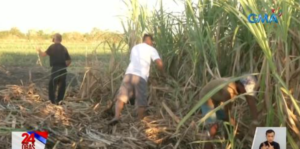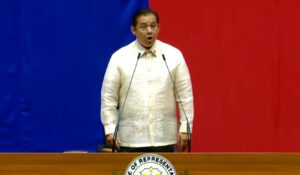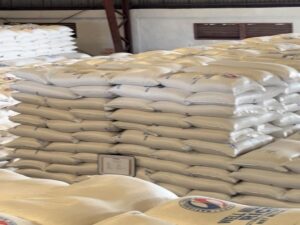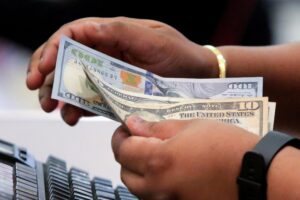
The Philippines is facing a critical sugar production shortfall due to the severe effects of El Niño, prompting industry leaders to advocate for timely sugar imports to mitigate the impact on local markets and consumers. Manuel Lamata, President of the United Sugar Producers Federation, recently highlighted the unprecedented challenges to sugar cane cultivation caused by the unusually dry conditions.
Impact of El Niño on Sugar Production
El Niño’s impact on agriculture is deeply felt across the country, with sugar cane being notably affected due to the crop’s sensitivity to climatic conditions. Lamata described the current season’s devastation as something he had never witnessed before, with fields so dry they appeared “burned.” The dire state of the crops has raised concerns about the ability of farmers to revive their yields, even with the eventual arrival of rain.
The Case for Importation
With the forecast of continuing dry spells followed by uncertain rainfall, Lamata supports the proposal to import between 185,000 to 200,000 metric tons of sugar. This strategic move is aimed at filling the imminent supply gap that will occur as farmers wait for replanted crops to mature. Importation, therefore, serves as a crucial buffer that ensures the stability of sugar supply in the market and prevents potential price spikes that could harm consumers and businesses alike.
Challenges and Opportunities for Local Farmers
While importation is a necessary short-term solution, it is also essential to address the long-term resilience of the local sugar industry. Sugar farmers have called on the Department of Agriculture (DA) to provide better support in terms of irrigation infrastructure, which is critical for mitigating the adverse effects of El Niño. Improved irrigation systems could help stabilize production levels and reduce the sector’s vulnerability to climate variability.
Government and Regulatory Response
As of the latest reports, the DA and the Sugar Regulatory Administration have yet to respond to the situation and the calls for increased importation and support for irrigation improvements. The agriculture sector’s stakeholders eagerly await these decisions, which are vital for planning and response strategies to ensure the continuity of sugar supply and the sustainability of local production.
Conclusion
The situation presents a complex challenge for the Philippines’ sugar industry, balancing immediate needs with long-term sustainability. Importation during the production gap provides a necessary relief for the market, but it must be coupled with investments in agricultural infrastructure to strengthen the sector against future climatic shocks. As stakeholders navigate these challenges, the resilience and adaptability of the local sugar industry will be tested, potentially setting a precedent for other sectors affected by similar environmental and climatic conditions.





















Comments are closed for this article!